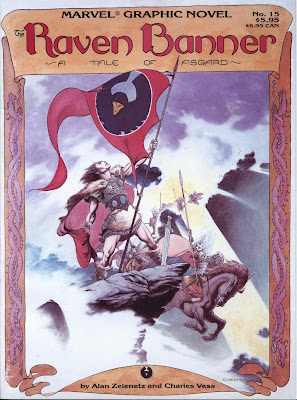2 / 5 Stars
In October and November of 1979 the UK channel ITV ran the fourth, and final, installment of the long-running British sci-fi series featuring the dedicated scientist Bernard Quatermass. The series (simply titled Quatermass), had a modest budget, but talented actors (like most, if not all, British sci-fi TV shows).
The series can be obtained on DVD, and on YouTube, in the U.S.
Nigel Kneale, who wrote the screenplays for the three previous Quatermass serials, also wrote the screenplay for this fourth installment, as well as the tie-in novel (271 pp), published in 1979 by Arrow Books.
The novel maintains continuity with the series in that it takes place in the near future; i.e., the 1980s. Quatermass is a man in his 80s as well.
In this near future, the world is in the grip of economic and social collapse, and conditions are particularly severe in the UK. Civilization no longer exists, save for isolated government outposts; London is a wasteland ruled by vicious street gangs who vie with South African mercenaries for whatever food and goods remain in the empty shops. The population is left to fend for themselves, and in the countryside, life has regressed to a subsistence level.
As the novel opens, Quatermass is apprehensive over the whereabouts of his estranged granddaughter Hettie; she is all that remains of his immediate family. Despite his age, he endeavors to leave his home in Scotland to begin his search for Hettie. Having been sheltered to some extent, once out and about he is shocked and appalled at the anarchy gripping the landscape. Of particular concern are the mobs of young people who refer to themselves as 'Planet People'. Wandering the landscape in rags and tatters while chanting children's schoolyard rhymes, the Planet People appear to be in the grip of some kind of apocalyptic fervor.
When the deranged hippies congregate on an ancient site known as Ringstone Round, they trigger the appearance of a strange phenomenon, one likely of alien origin.
It quickly becomes clear that the planet is being subjected to an investigation by an entity of tremendous power. As what is left of society further erodes into confusion and chaos, it is up to Quatermass to learn the machinations of the entity.........and whether its intentions are for good or evil...........
Given its origin as a screenplay for a TV series, and the attendant limitations on budget, I was willing to allow for the novelization to have some limitations.
It is not without its strengths, particularly its depiction of a decayed and violent England, which does not seem so outlandish or far-fetched in terms of an extrapolation from the state of the country in the late 70s.
Unfortunately, author Kneale is not an overly skilled writer. Probably because of his background as a writer of screenplays, his prose style is choppy and awkward; segments of the novel dealing with apocalyptic events often are related in a cursory manner, while the plentiful passages of dialogue suffer from being overly lengthy and stilted.
It doesn't help matters that the rationale for the existence of the alien entity, and its actions upon the earth, are never fully disclosed, leaving me with the impression that author Neale simply wanted something Enigmatic to drive his storyline.
Summing up, one can argue that 'Quatermass', despite its faults, is much more sophisticated and less campy than the shows appearing at the same time in the US, like Buck Rogers in the 25th Century and Battlestar Galactica. While this may be true, 'Quatermass' is something of a missed opportunity in terms or providing a story that captures, and holds, the reader's attention. This one can be safely passed by.































































